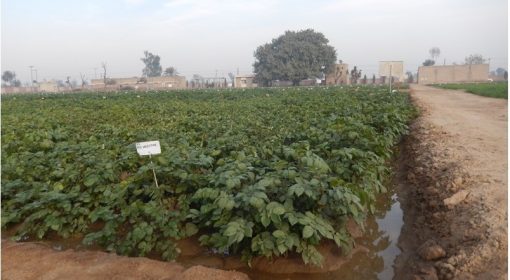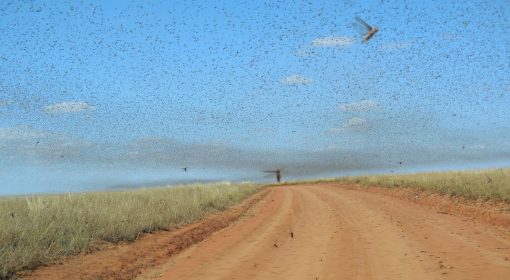By Frank van Steenbergen and Ashfaque Soomro

Postcard from North Sindh, where temperatures are scorching.
This year has come with heat waves in so many places, ferocious and oppressive, be it in Bagdad, Manilla, New Delhi. North Sindh is not escaping, temperatures touch the 50 degrees Celsius bar for a stretch of days.
“Here we live in a world with less and less shade”, explains Ashfaque Soomro of Research and Development Foundation (RDF), a well-known social development organization in Sindh. “Small local forests have disappeared, city trees are cut, and nothing is planted back, hedges around farm fields disappeared. And then the area dries up, all wilderness disappears: small wetlands and marches are drained and converted in commercial areas, lakes are encroached, and ponds converted.” It is not only the heat that increases, it is the cooling that disappears.
The RDF foundation has put up Heat Stroke Relief Shelters for the first time ever – places where one takes a rest, away from the burning sun and have a cool drink, a quick respite to rebalance body and mind.

A heatwave is defined by the World Meteorological Organization (WMO) as a ‘period where local excess heat accumulates over a sequence of unusually hot days and nights’.
Heatwaves increase many risks, affect health, slow down business. They increase mortality and cause drought and uncontrolled fires; water quality deteriorates and agricultural crops wilt irreversibly. They affect the weak and infirm disproportionally and those exposed to the sun, such as farm workers. According to the WMO, they are 30 times more likely to occur with climate change.



